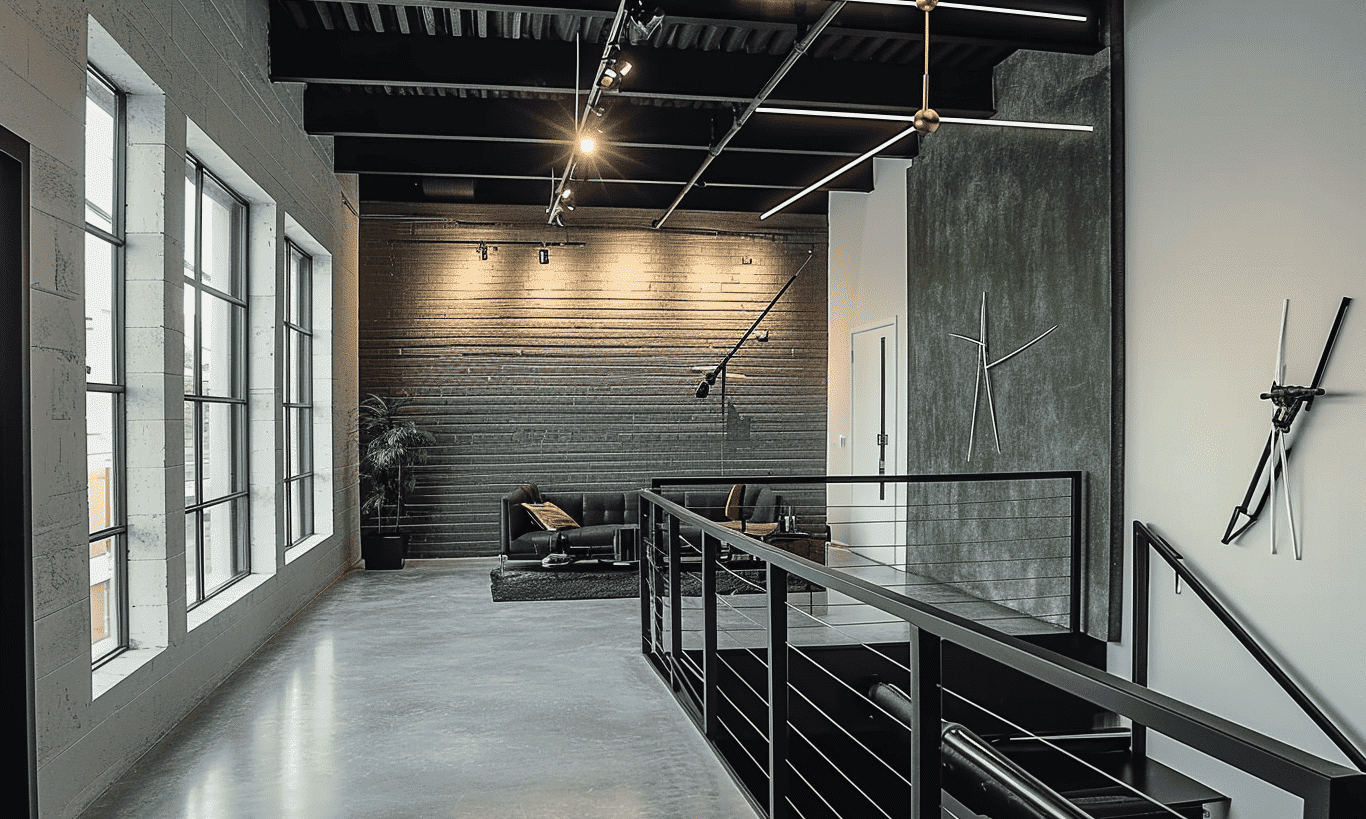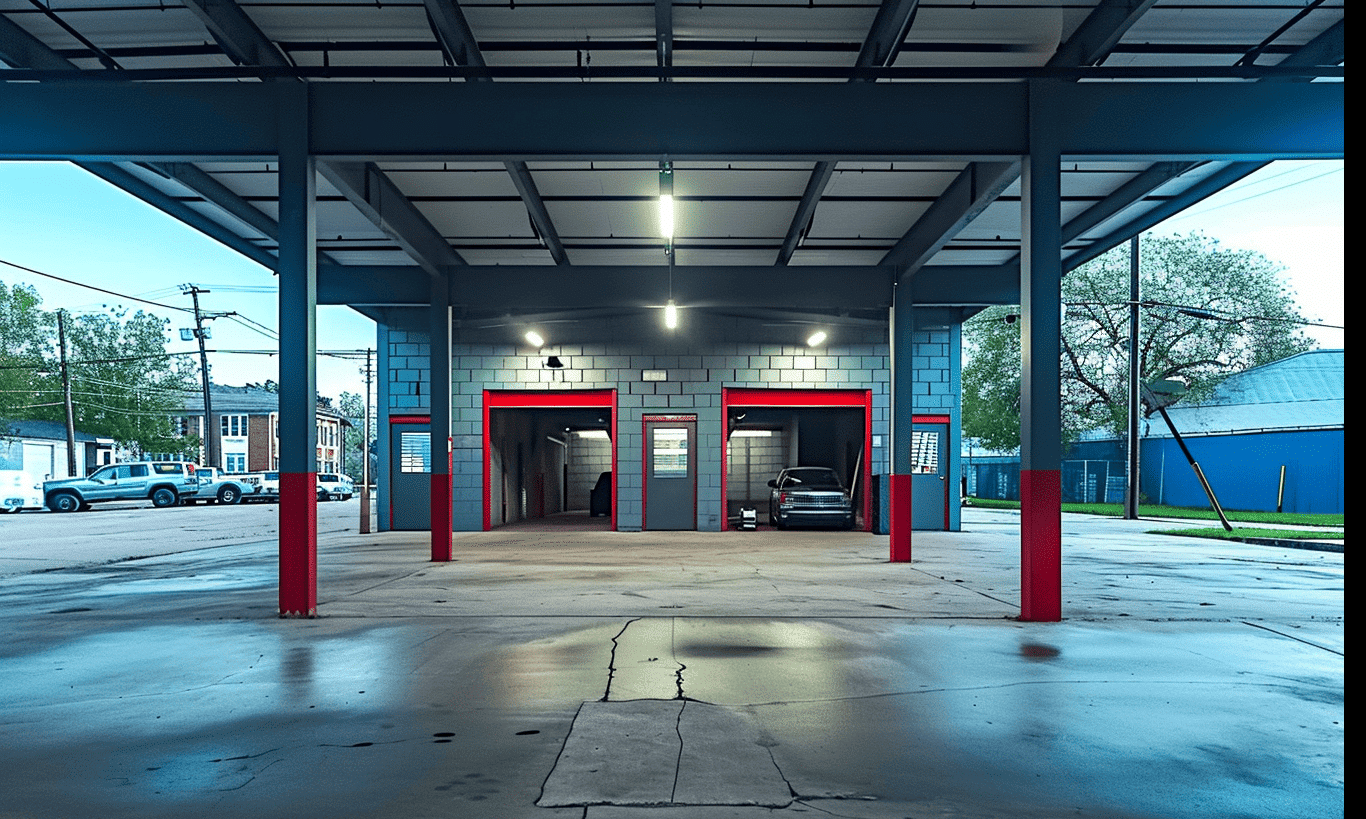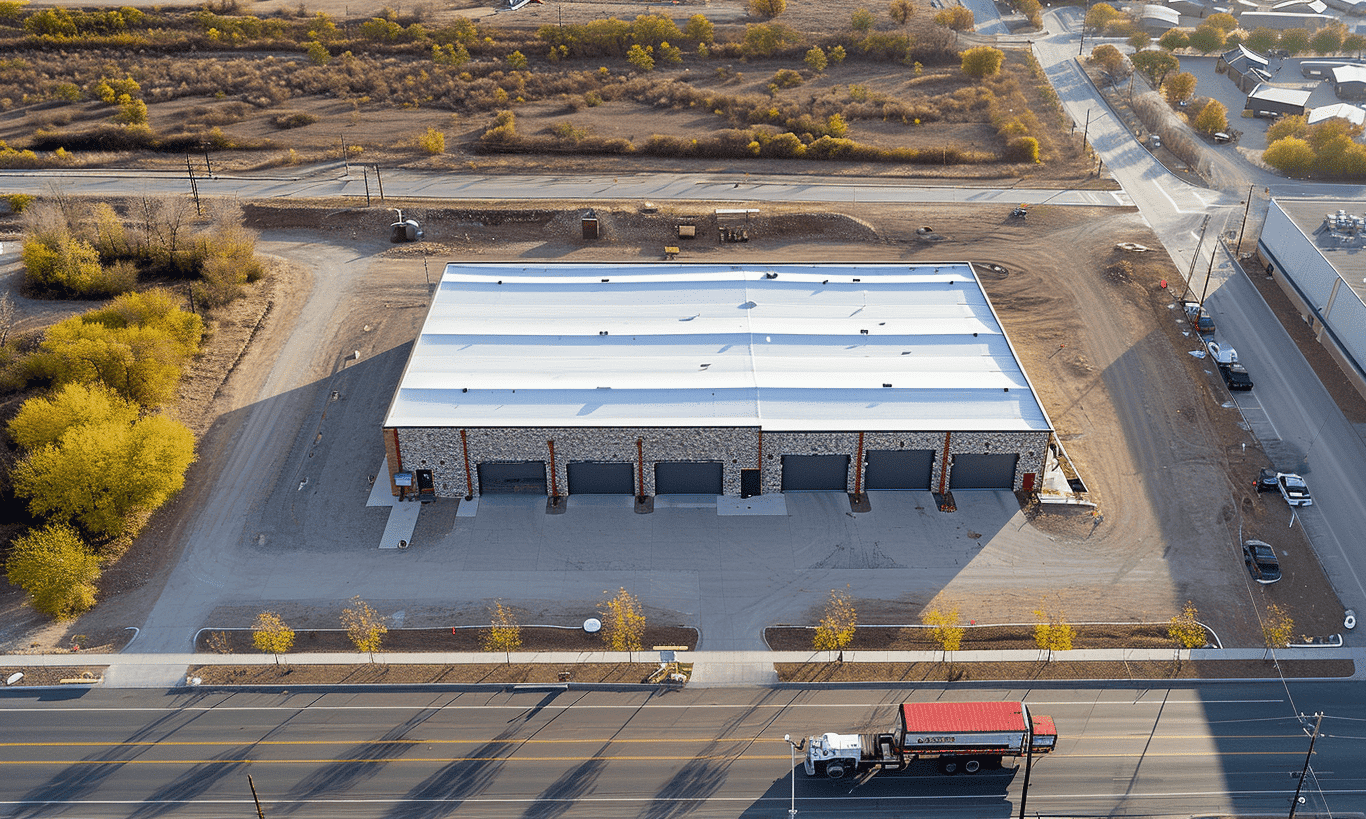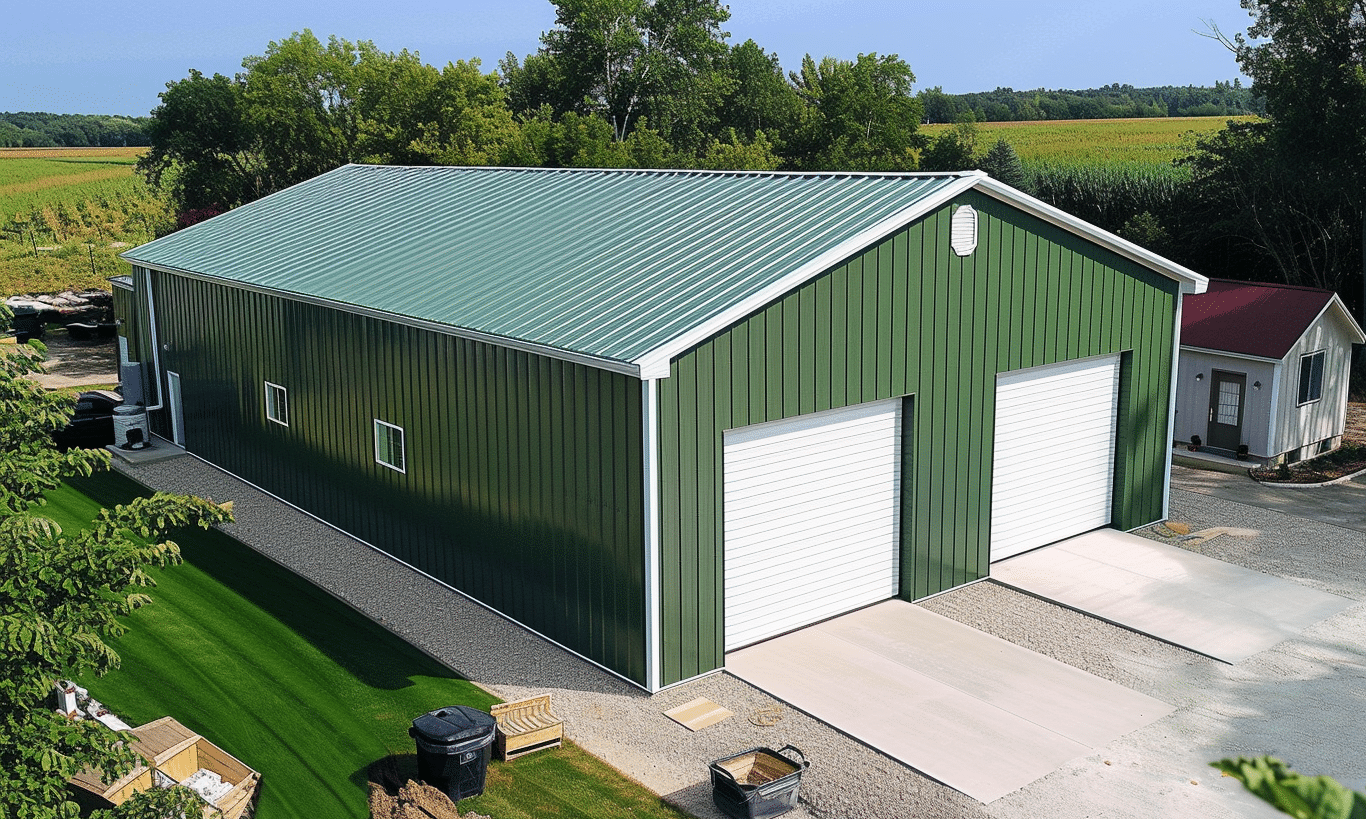Understanding the Importance of Construction Safety Inspections
Imagine you’re tasked with constructing a stunning skyscraper in the heart of a bustling city. The blueprint looks fantastic, the materials are top-notch, and the workforce is raring to go. But before a single nail is hit, there’s a critical checkpoint you need to ensure – construction safety inspections. Without them, your dream building might turn into a string of safety mishaps.
Safety inspections in the construction industry are akin to a lighthouse guiding ships safely to the shore. They are vital for preventing accidents, ensuring regulatory compliance, and fostering a healthy work environment. Engaging with comprehensive safety evaluations empowers teams to proactively identify potential hazards and implement preventative measures.
Hazard Identification: The First Step
In the realm of safety inspections, hazard identification in construction is paramount. It involves a keen observation of the worksite to detect elements that could potentially cause harm. Whether it’s unstable scaffolding, electrical risks, or heavy machinery hazards, each element needs meticulous scrutiny.
Moreover, identifying hazards helps in crafting specific action plans to tackle them effectively. A safer worksite translates directly into fewer accidents and more efficient work processes. This mindset paves the way for a robust safety culture, where every worker is vigilant and proactive.
The Role of Construction Safety Inspections
Why are these inspections critical, you ask? Because they’re like safety nets in a trapeze act—crucial for catching issues before they become disasters. Regular construction safety inspections help managers maintain the delicate balance between progress and safety. There are several layers to these inspections:
1. **Routine Visual Inspections:** These aim to catch immediate, visible concerns.
2. **Detailed Site Audits:** Focused on in-depth hazard identification and risk assessment.
3. **Equipment Inspections:** Ensuring all machinery and tools work efficiently and safely.
4. **Safety Compliance Checks:** Verifying that the site adheres to local and federal safety regulations.
Visualize your construction site as a vibrant ecosystem, teeming with opportunities but fraught with peril if unregulated. Safety inspections serve as the wise owl, watching over every part of this ecosystem, ensuring all components work harmoniously together.

Building a Safety Culture in Construction
Cultivating a safety culture in construction is not just about setting rules—it’s about embedding safety into the very DNA of your operations. This cultural shift requires commitment from all levels of the workforce, from executives to the on-ground personnel.
Building a proactive safety culture takes time and effort, but the rewards are worth it. It results in fewer accidents, reduced downtime, and a strong reputation as a responsible company. Workers feel more secure and motivated, leading to enhanced productivity and morale.
Moreover, creating a safety culture encourages open communication and reporting, which is instrumental in identifying and mitigating hazards. When the workforce understands and believes in the value of safety protocols, they become willing participants in maintaining high safety standards.
Complying with Safety Regulations
Compliance with safety regulations isn’t just about avoiding fines; it’s about maintaining a commitment to worker welfare. The Canadian Centre for Occupational Health and Safety – Safety Inspections provides guidelines and frameworks to help construction companies conduct effective inspections. Adhering to these standards not only maintains regulatory compliance but also serves as a testament to the company’s dedication to safety.
Understanding regulations allows construction firms to avoid costly legal repercussions and project delays. Regular safety training and updates ensure that the workforce stays informed about the latest safety techniques and requirements.
Leveraging Technology in Safety Inspections
Technology is revolutionizing how safety inspections are conducted. Drones equipped with cameras can provide comprehensive site overviews, while mobile apps streamline reporting processes. This tech-savvy approach not only enhances efficiency but also ensures accurate hazard identification.
For instance, imagine using augmented reality to simulate potential hazard scenarios on-site. This proactive strategy equips workers to handle real-life conditions more effectively, thus enhancing the overall safety strategy.

Investing in Safety: A Cost-Effective Strategy
Some might consider safety expenditures as unnecessary overheads. However, this couldn’t be further from the truth. Investing in thorough construction safety inspections, safety training, and equipment maintenance can save significant costs related to accidents, insurance premiums, and project disruptions.
Consider this: The price of an accident goes far beyond immediate medical expenses. It includes potential litigation costs, loss of reputation, and halted progress. In contrast, proactive safety measures and inspections are cost-efficient investments offering long-term savings and peace of mind.
Collaborative Efforts for a Safer Construction Environment
A collaborative approach to safety, involving everyone from project managers to subcontractors, creates a comprehensive safety network. By engaging all parties in safety discussions, the construction world can ensure that every voice is heard and every concern is addressed.
For example, Your Building Team, renowned for its expertise in construction, emphasizes team collaboration, fostering an inclusive and safety-oriented environment. By promoting an open dialogue, potential risks are identified early, and effective strategies are developed collectively.

Final Thoughts: Ensuring a Safer Tomorrow
In conclusion, construction safety inspections are indispensable in the quest for a safe and efficient work environment. By embracing regular construction safety evaluations, hazard identification, and compliance with regulations, companies can mitigate risks effectively.
Furthermore, fostering a culture of safety instills confidence among workers and stakeholders alike. Embrace technology and consider safety investments as integral parts of your construction project’s success. For a safe and fruitful construction journey, these inspections are non-negotiable.
All in all, a robust safety strategy ensures that your building ambitions are brought to life without jeopardizing the safety and well-being of your team.
For expert guidance and industry-leading insights, consider partnering with Your Building Team, dedicated to elevating your projects through innovative and safe construction practices.










